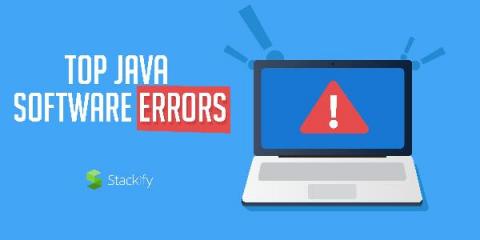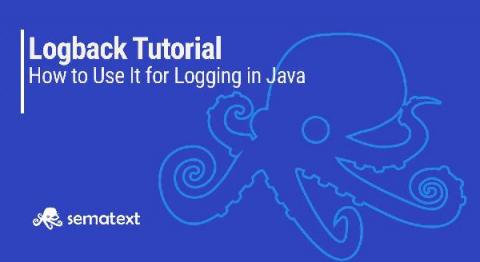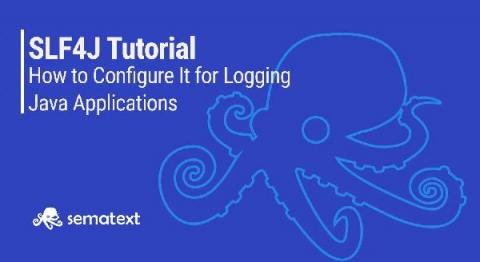The Top 8 Tools For Any Java Developer's Toolkit
Java developers are unlikely to ever suffer from a lack of libraries, utilities, and programs at their disposal. There's no shortage of tools that offer niche as well as fundamental features. However, some tools undoubtedly stand out due to their popularity, usefulness, data representation, and in-tool features. These 8 tools listed below are often listed as some of the best Java development tools available on the market.











